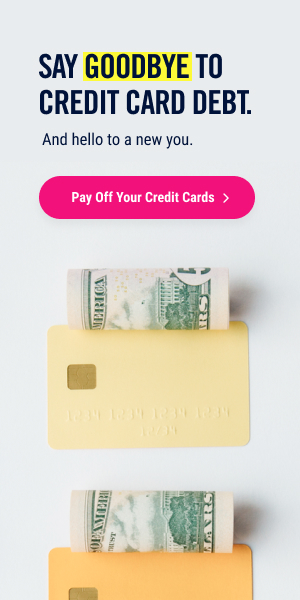What is compound interest and how does it affect you?
Simply put, “Compound Interest” is a term used to describe how interest works over time. It’s important because time causes balances to rapidly balloon in size and makes paying off debt harder.
Interest vs Compound Interest?
The term “interest” is used to describe the price at which money has been lent. This could also be described as the cost of borrowing money.
When you put money in a savings account, the bank pays you “interest”. When you take out a loan from the bank, you pay the bank interest, because you are borrowing money from them.
When it comes to credit cards, compound interest is important because the rates are so high and the amount you owe grows. Not only do you owe “interest” on the amount borrowed, but that interest also “compounds” into a larger amount over time.
As and example, if Pat puts $10,000 into a savings account at 12% APR, Pat will earn $100 in interest the first month, $101 the second month, and $102.01 in the third month.
- Equation for month 3 = ($10,000 + 100 month 1 interest + 101 month 2 interest)*1% for month 3 = $102.01
This is because while the interest rate remains the same, each month it’s adding, or compounding, on the original $10,000.
Over 1 year, Pat doesn’t just earn $10,000 x 12% = 11,200. Pat actually earns roughly $11,268. That doesn’t sound like a big difference, but if we use credit card terms let’s see the difference.
$20,000 in credit card debt at 17% balloons to almost $27,000 in 2 years. If Pat makes minimum payments, and most cards charge a 2% minimum payment, at the end of 2 years Pat’s balance is now $17,261. Pat has paid over $9,000, spent $0 in new charges and but the balance has only declined just over $2,700.
This is the power of compound interest, and why it’s so important to pay off credit cards as soon as possible. An alternative that can save you money is credit card debt consolidation. Generally these loans will be for lower rates than the credit cards, thus saving you some of the interest expense. In the same example given, reducing the interest from 17% to 10% would have allowed Pat to have paid off another $2,500 in debt.
Now that you have the knowledge, put that power to use. Pay off your credit cards, investigate how to reduce your interest rates, and start enabling yourself to save for the future.


